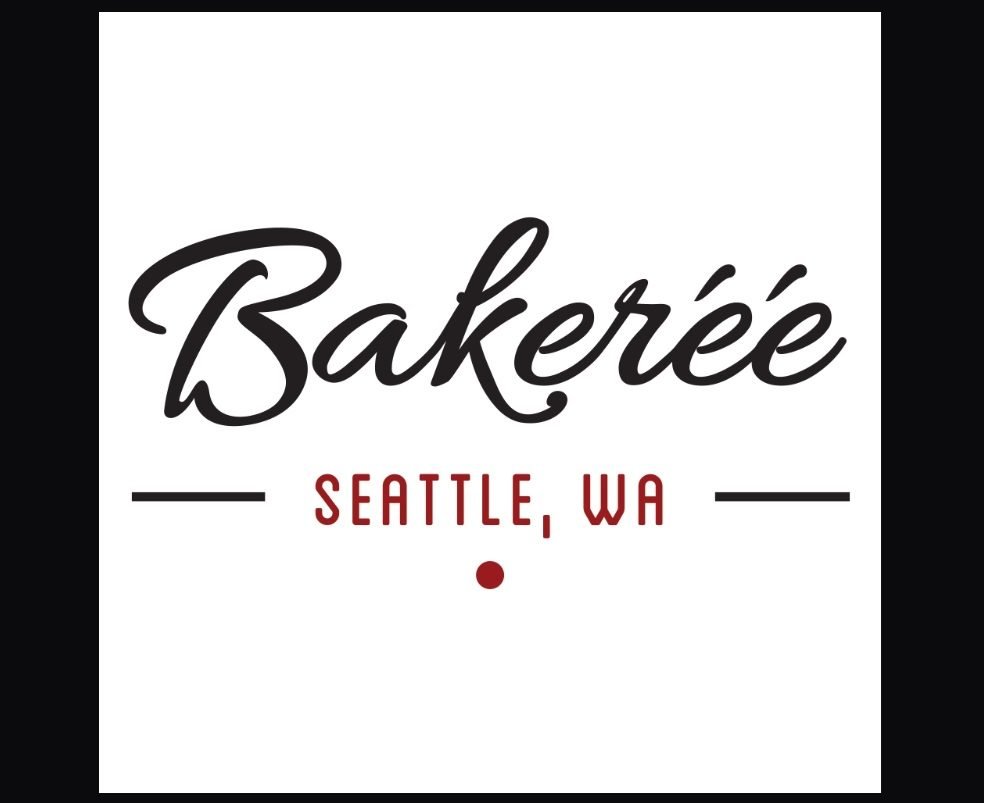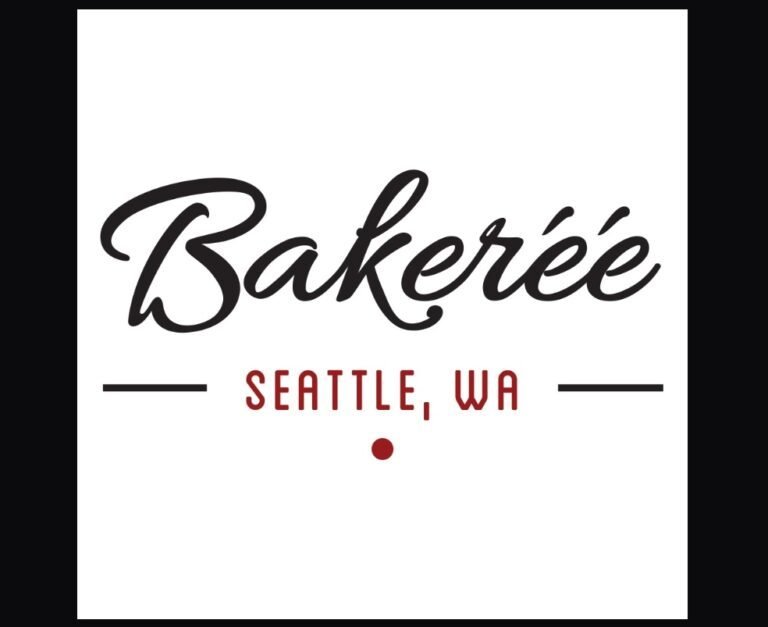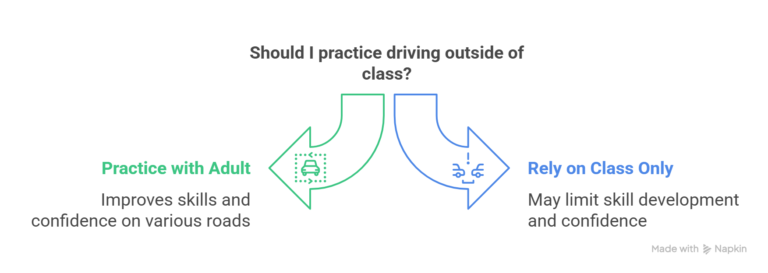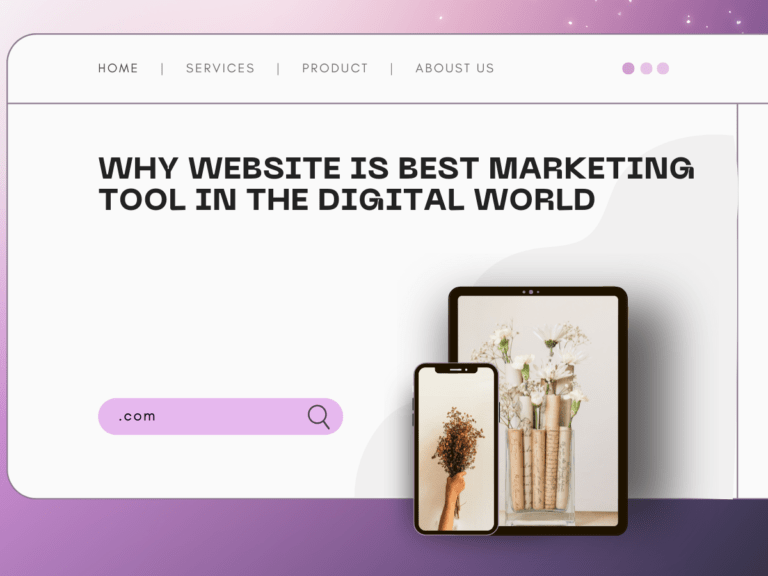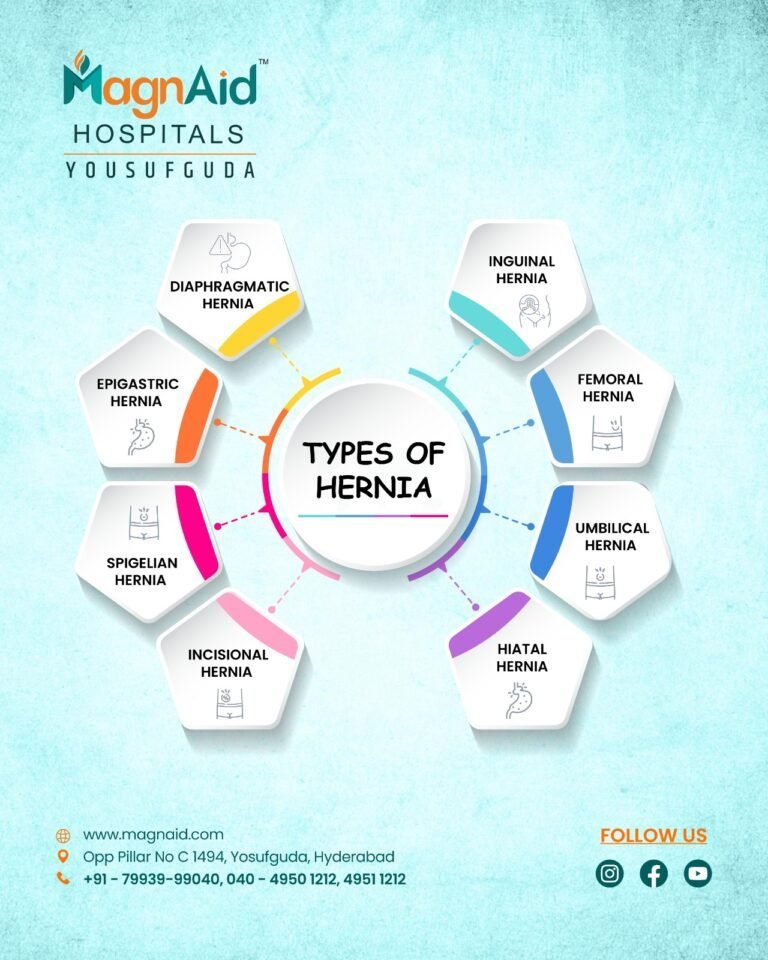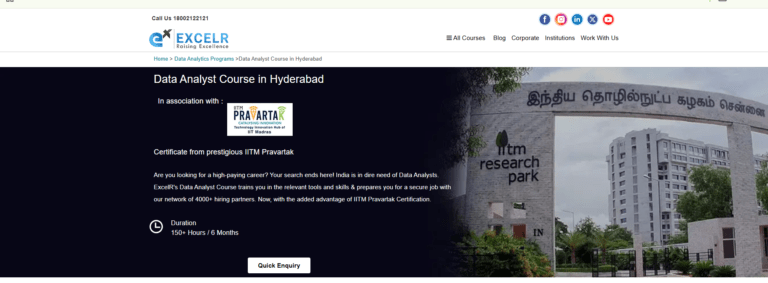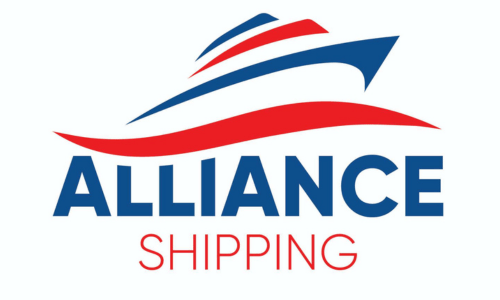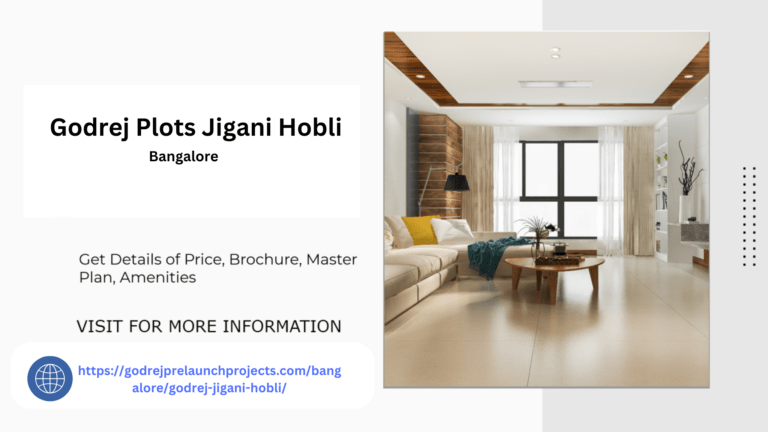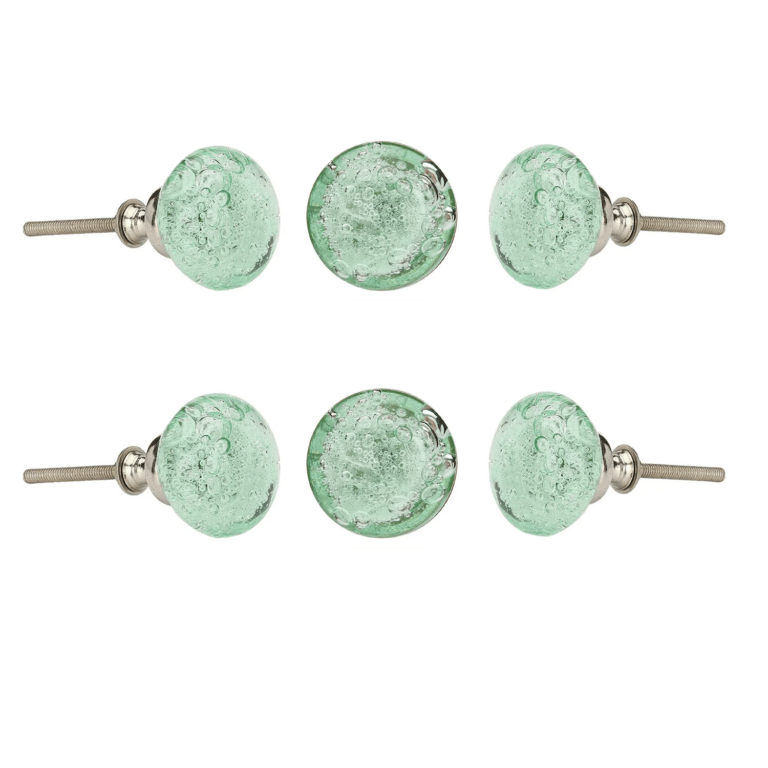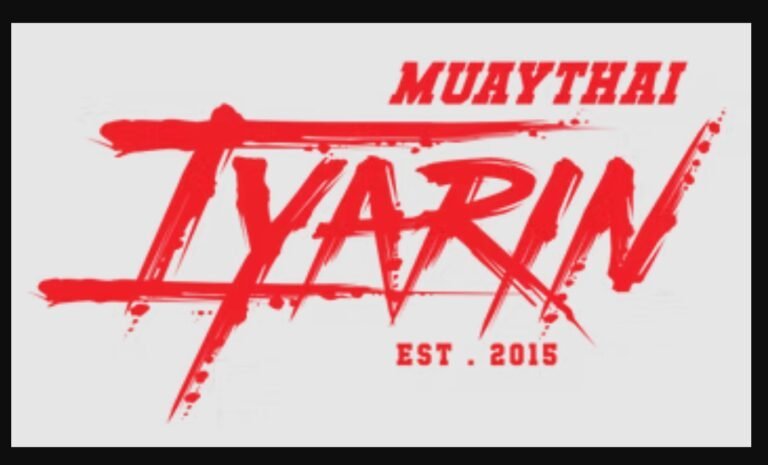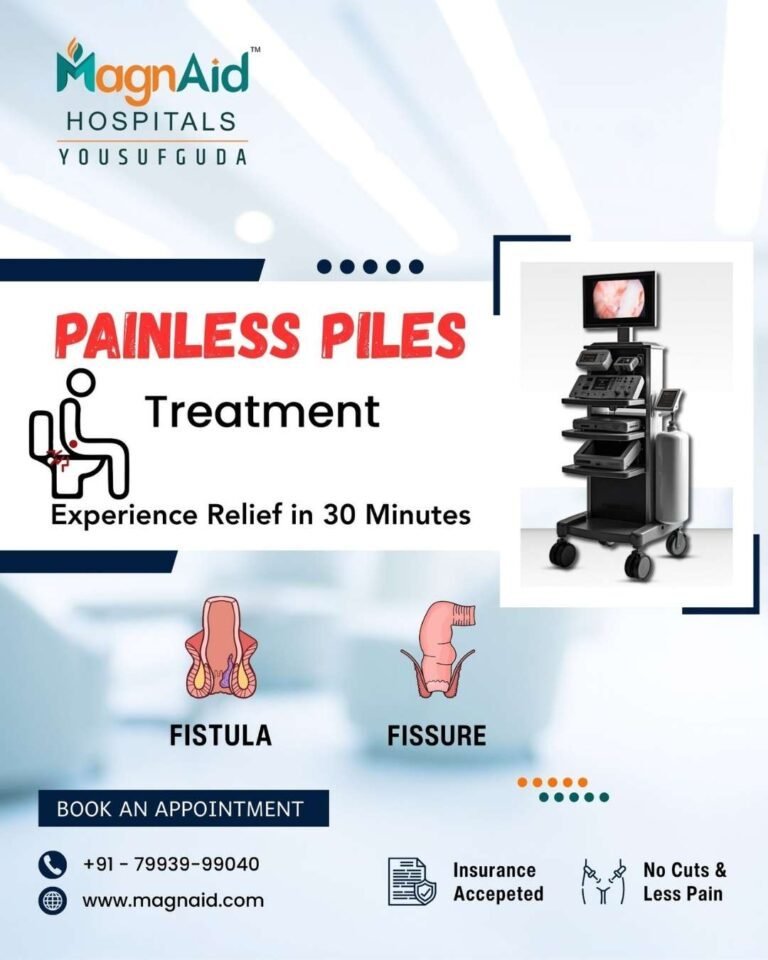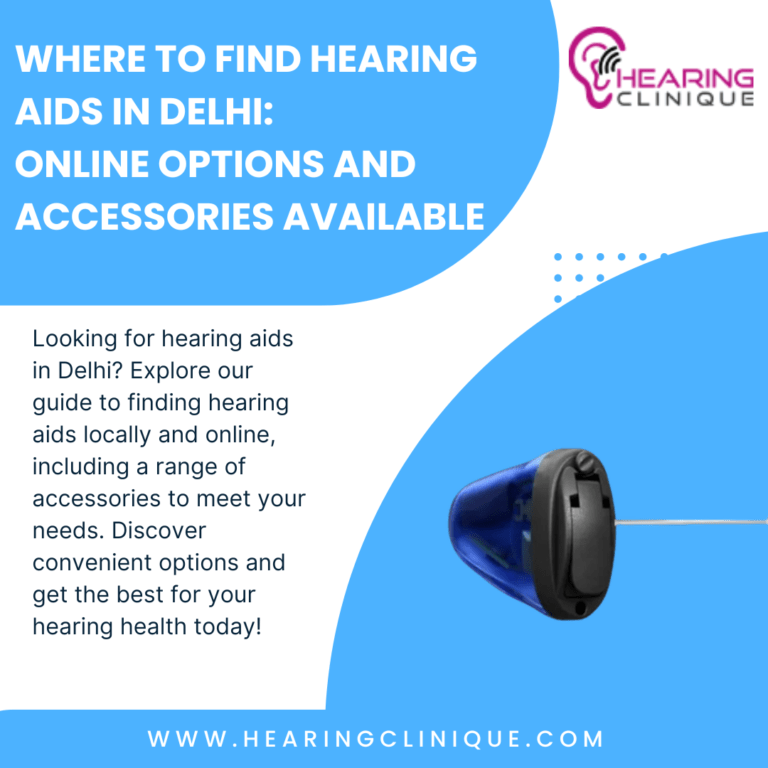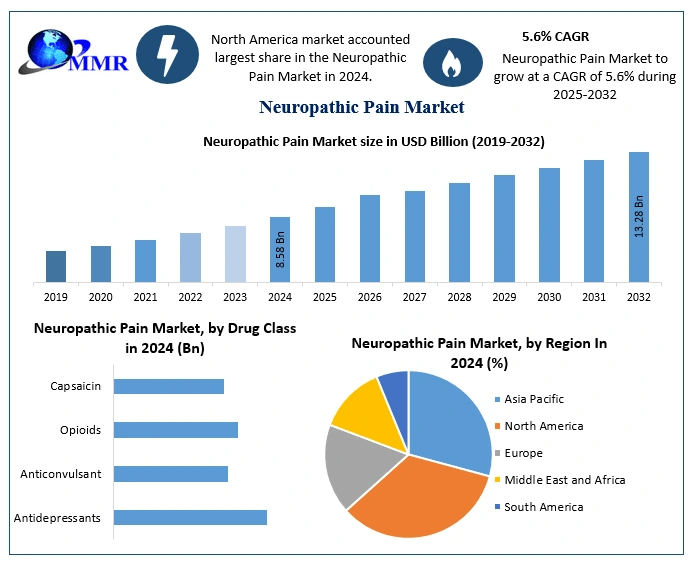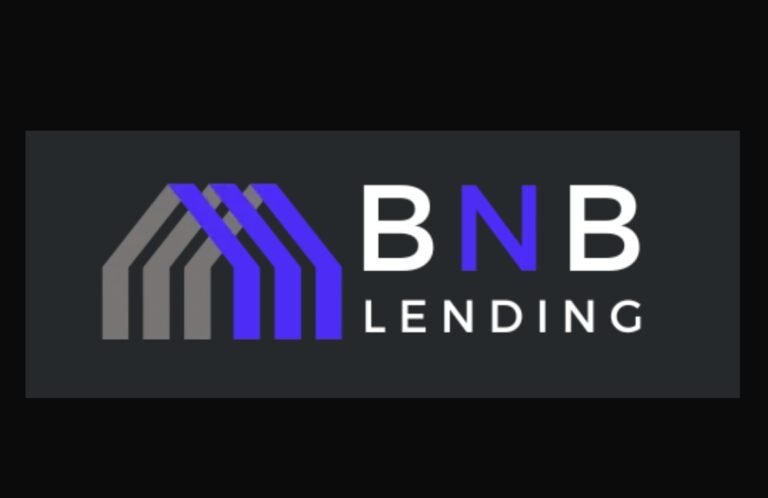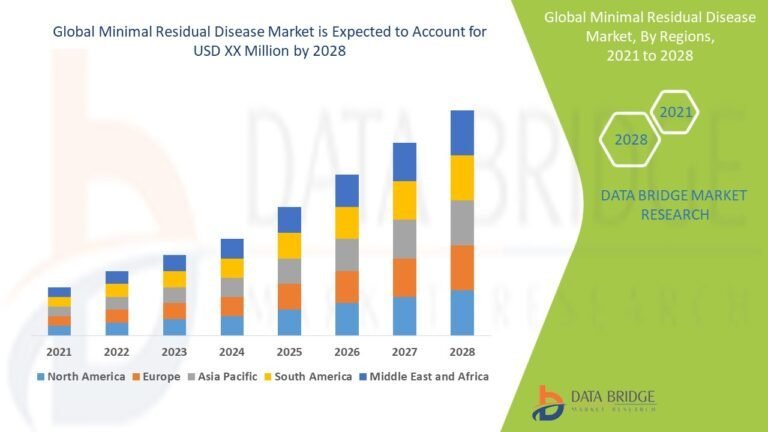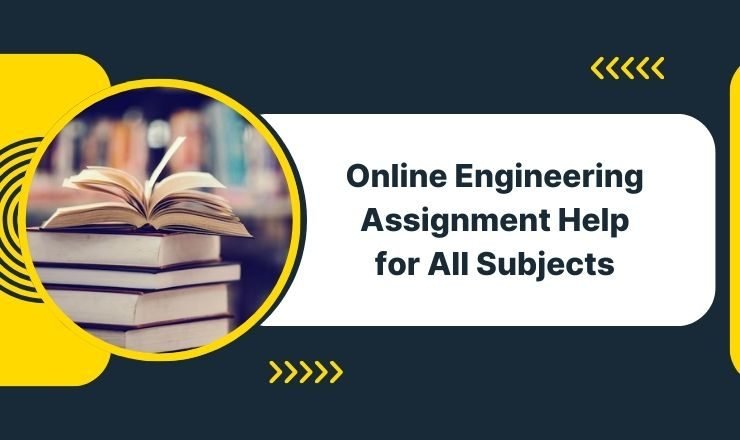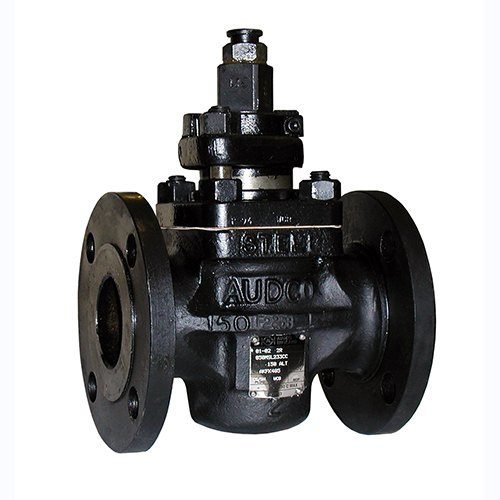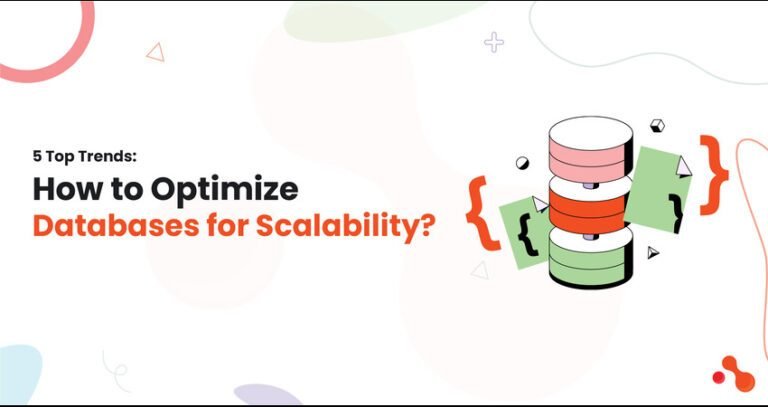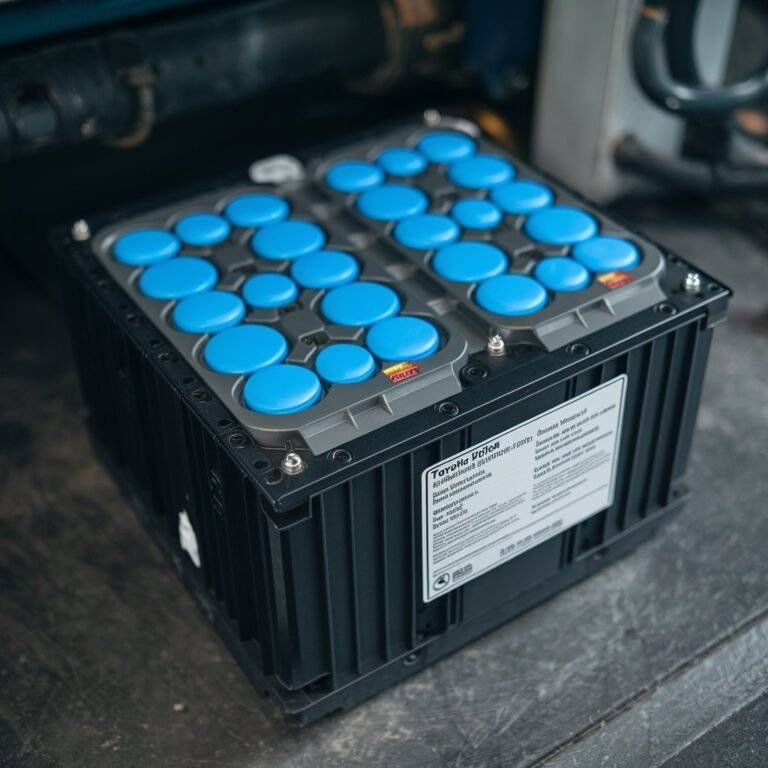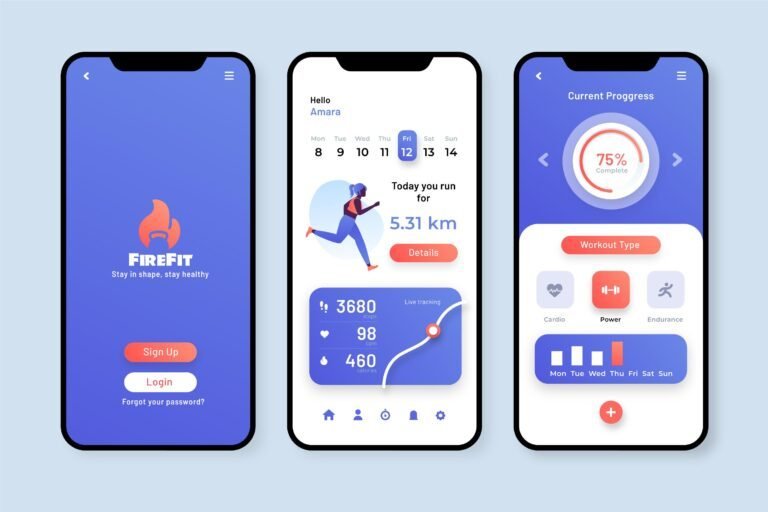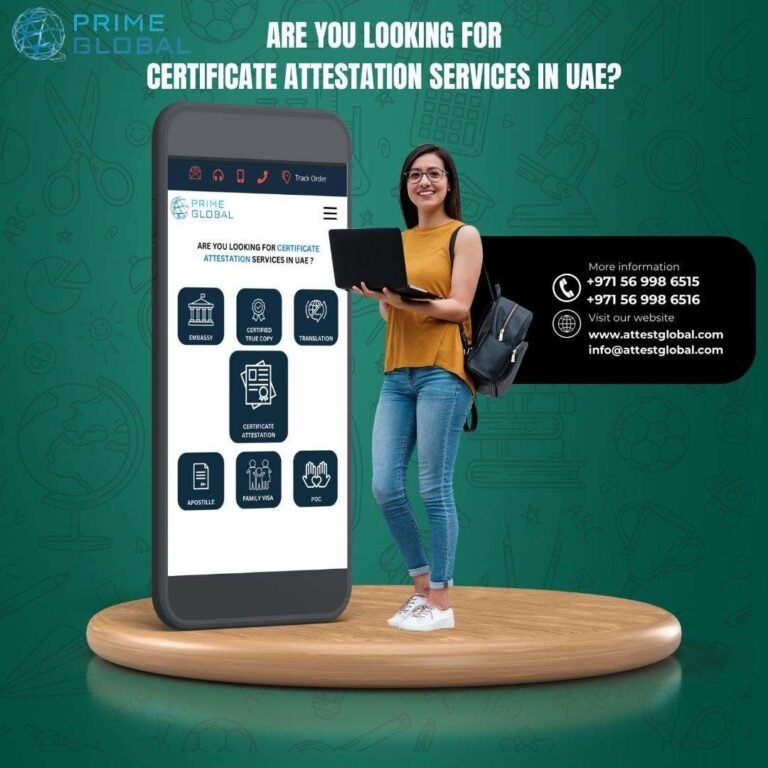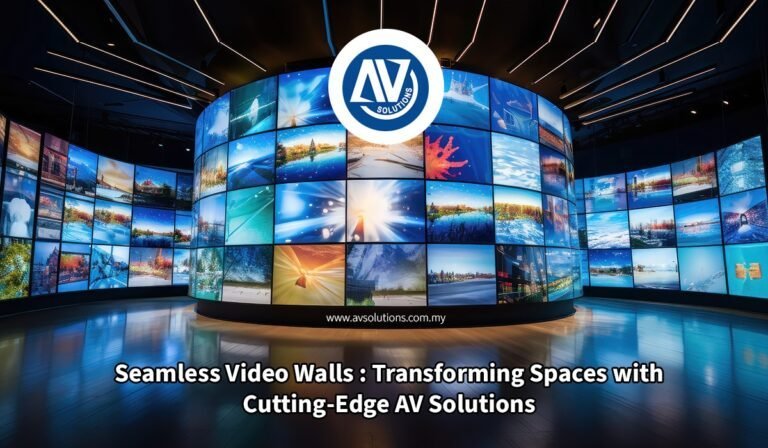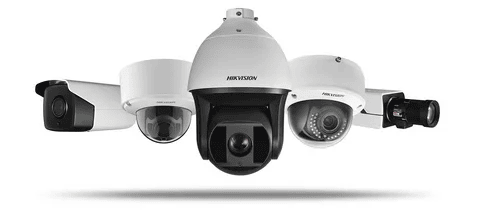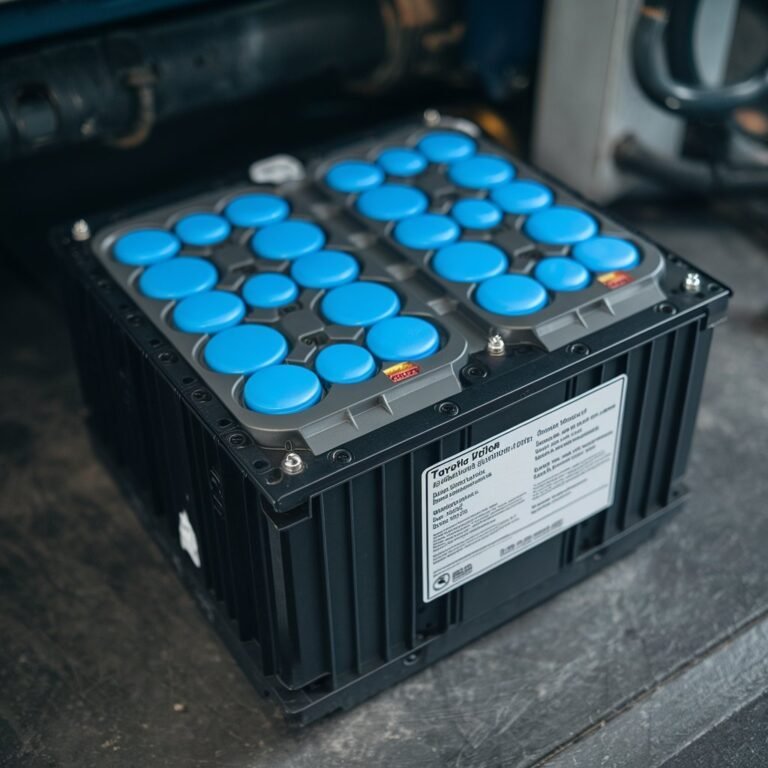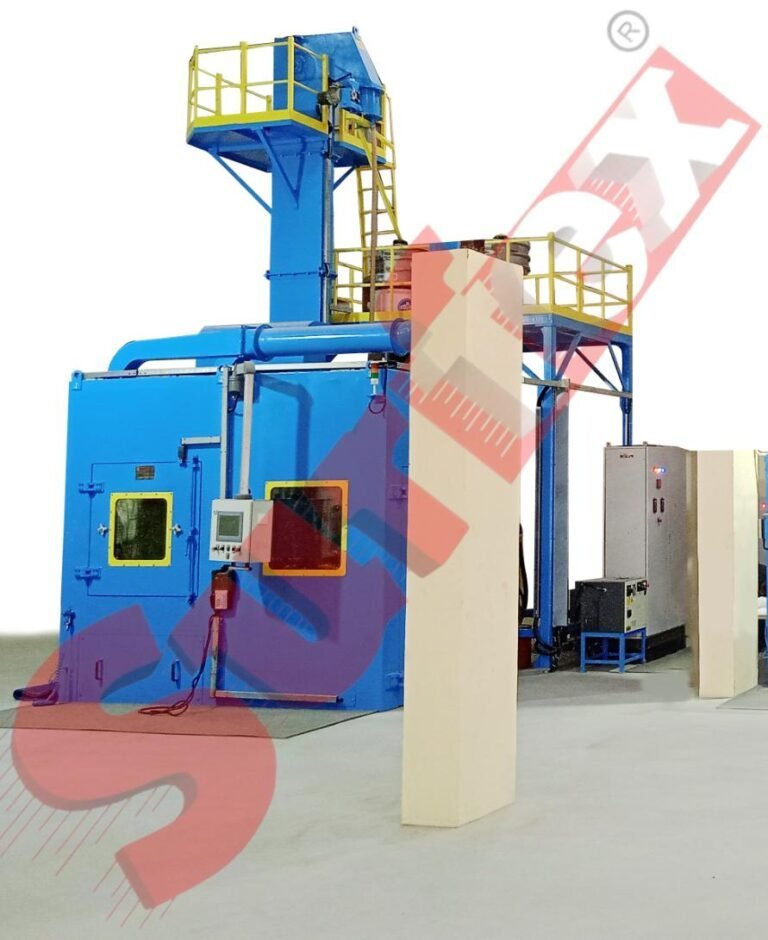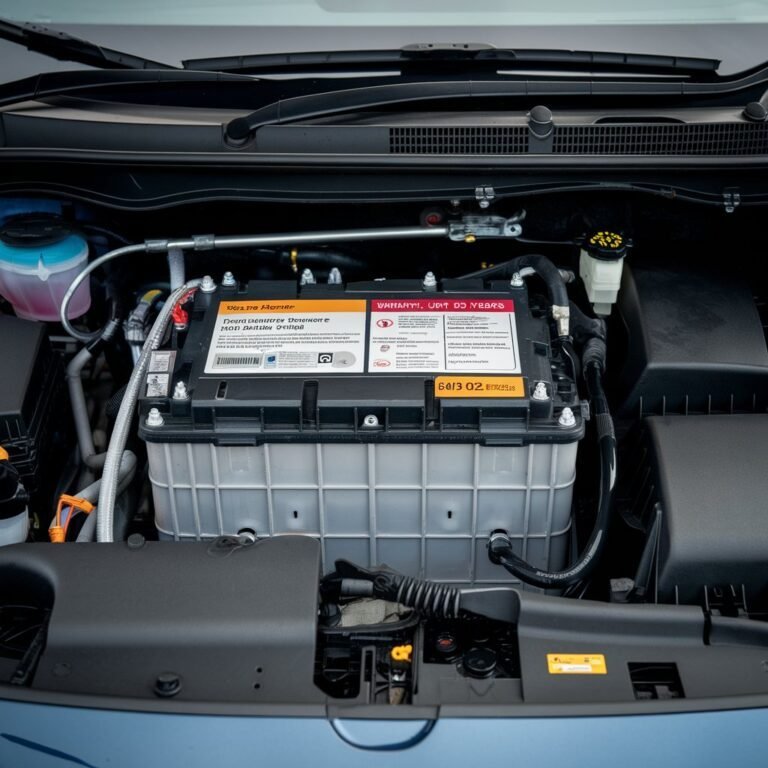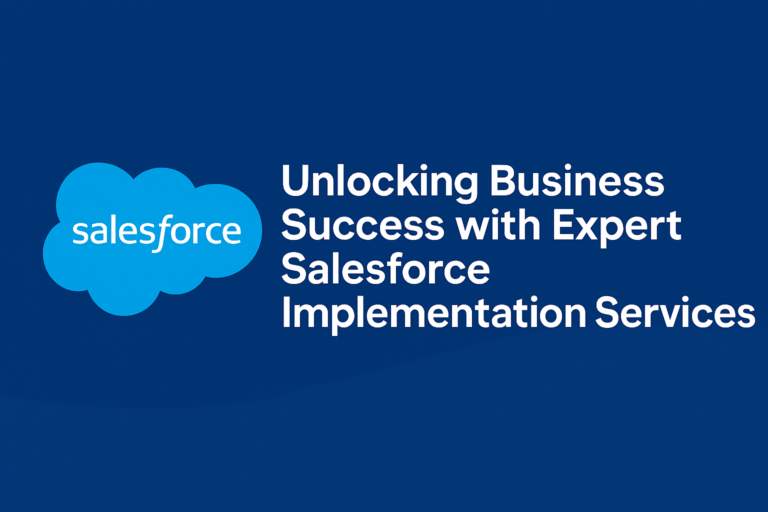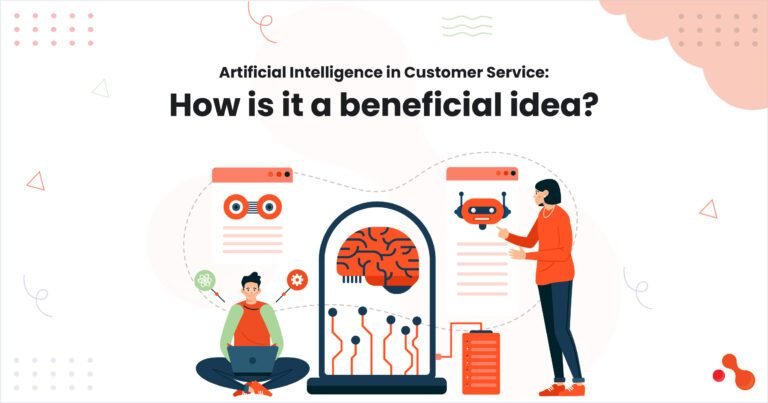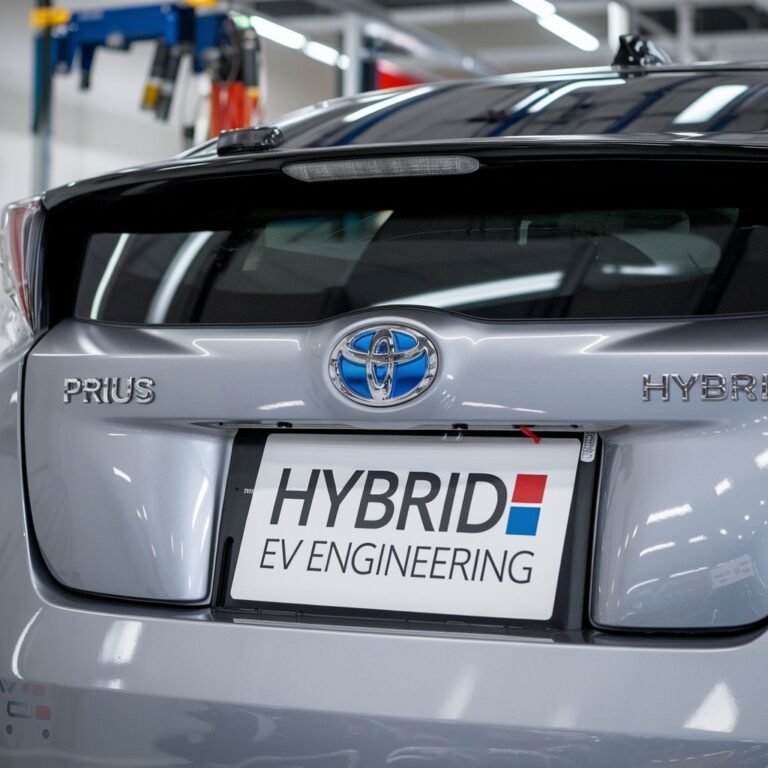With the continuous evolution of digital marketing, many businesses and individuals are turning to websites as a primary revenue stream. One of the most effective ways to profit from an online platform is through an ad website—a website designed primarily to host advertisements and earn money through ad placement. If you’re considering creating an ad website, understanding how it works and how you can maximize its potential is key to making it a successful endeavor. In this article, we’ll dive into the essentials of creating an ad website, from concept to monetization strategies, and how you can effectively generate revenue.
What Exactly is an Ad Website?
An ad website is a digital platform that hosts ads as its primary source of income. This can include a wide range of advertisements such as banner ads, video ads, pop-ups, and sponsored content. The central idea is simple: you provide space on your website for advertisers, and in return, you earn money whenever users engage with the ads, either through clicks (Pay Per Click, or PPC) or through impressions (Cost Per Thousand Impressions, or CPM).
Unlike traditional websites where the main focus might be selling products or services, an ad website is designed with the purpose of attracting and displaying ads from external companies. The more visitors your site has, the more money you can potentially earn from these ads. It’s a straightforward business model, but one that requires a combination of quality content, strategic planning, and marketing expertise.
Step 1: Choosing the Right Niche for Your Ad Website
The first and most crucial step in building a successful ad website is selecting the right niche. The niche is the specific area of focus for your website, and it can be based on virtually anything—from health and fitness to technology, travel, or even niche hobbies.
Why is selecting the right niche so important? Because certain niches attract higher-paying advertisers. For instance, topics related to finance, insurance, and technology tend to draw lucrative ad campaigns from big corporations. Meanwhile, general interest websites may have more competition and lower ad revenue potential.
Here are a few tips for choosing the best niche for your ad website:
- Research audience interest: Use tools like Google Trends to identify popular topics that align with your interests or expertise.
- Consider monetization potential: Some niches have better ad rates than others. Tech, finance, and health are known for having high-paying advertisers.
- Evaluate competition: You don’t want to enter a market that’s overly saturated with established players unless you have a unique angle to differentiate yourself.
The right niche will not only attract more visitors but will also appeal to advertisers looking to promote products to a relevant audience, ultimately boosting your income potential.
Step 2: Building Your Ad Website
Once you’ve chosen a niche, it’s time to build the ad website itself. While this part can feel overwhelming, several website builders and content management systems (CMS) make it easy for beginners to get started. WordPress, Wix, and Squarespace are some of the most popular platforms for creating websites.
Here’s what you should focus on when designing an ad website:
- User-friendly layout: The site should be easy to navigate, with intuitive menus and categories that guide visitors to the content they’re looking for.
- Responsive design: A significant portion of web traffic comes from mobile devices, so ensure your website is mobile-friendly to provide the best user experience across all devices.
- Ad placement strategy: Effective ad placement is critical. Advertisements should be visible without overwhelming the content. Common locations for ads include the sidebar, above the fold (on the homepage), or embedded within articles.
- Speed and performance: A slow-loading website can drive visitors away, which directly affects the success of your ad website. Compress images and optimize code to improve load times.
A well-designed website is crucial not only for retaining visitors but also for ensuring that advertisers want to place ads on your platform.
Step 3: How to Monetize Your Ad Website
Once your ad website is set up, it’s time to start monetizing it. The most common way to make money from an ad website is through ad networks, affiliate marketing, and direct ad sales.
- Ad Networks: The easiest way to start monetizing is by joining an ad network like Google AdSense, Mediavine, or AdThrive. These networks connect you with advertisers and automate the process of placing ads on your site. With Google AdSense, for example, you earn money based on clicks or impressions on the ads displayed on your website. The more traffic you attract, the more money you can make.
- Affiliate Marketing: Another lucrative way to monetize your ad website is by promoting affiliate products. In affiliate marketing, you promote a product or service through a link, and you earn a commission whenever someone makes a purchase through that link. Websites that specialize in product reviews, for example, often use affiliate marketing as a primary revenue stream.
- Direct Ad Sales: If your ad website attracts a large and engaged audience, you can sell ad space directly to businesses. This can be more profitable than using ad networks since you can negotiate rates and build long-term partnerships with advertisers. You can offer various ad formats, such as banners, sponsored blog posts, or even video ads.
Step 4: Driving Traffic to Your Ad Website
The revenue generated by an ad website is directly tied to the amount of traffic it receives. Without visitors, there are no ad impressions or clicks, so attracting consistent traffic is crucial. There are several ways to drive traffic to your ad website:
- Search Engine Optimization (SEO): Optimize your content for search engines by including relevant keywords, building backlinks, and improving user experience. Organic search traffic can be a sustainable and cost-effective way to drive visitors to your site.
- Social Media Promotion: Leverage social media platforms like Facebook, Instagram, Pinterest, and Twitter to promote your content and attract visitors.
- Paid Advertising: If you have a budget, paid ads through Google Ads or Facebook Ads can quickly boost traffic to your website. Targeted ads can help you reach your ideal audience and increase ad revenue.
- Email Marketing: Building an email list and sending regular newsletters with valuable content can encourage repeat visits to your site, increasing overall traffic and ad impressions.
Step 5: Optimizing Your Ad Website for Maximum Earnings
Once your website is up and running, you’ll want to focus on optimization to maximize your revenue. Regularly review your website’s analytics to identify areas for improvement, such as:
- Ad placement: Test different ad placements and formats to see what performs best.
- Content updates: Refresh outdated content and add new material to keep visitors engaged and encourage them to return.
- Ad performance tracking: Use tools like Google Analytics to track ad performance and make adjustments as needed to boost earnings.
Conclusion
Building an ad website can be a rewarding and profitable venture if you focus on the right niche, design a user-friendly platform, attract traffic, and optimize ad placement. By leveraging ad networks, affiliate marketing, and direct ad sales, you can create a steady income stream. As with any business, success comes down to dedication, strategy, and continuous improvement. Stay informed on industry trends, experiment with different approaches, and refine your strategy over time to make your ad website a sustainable and profitable venture.

